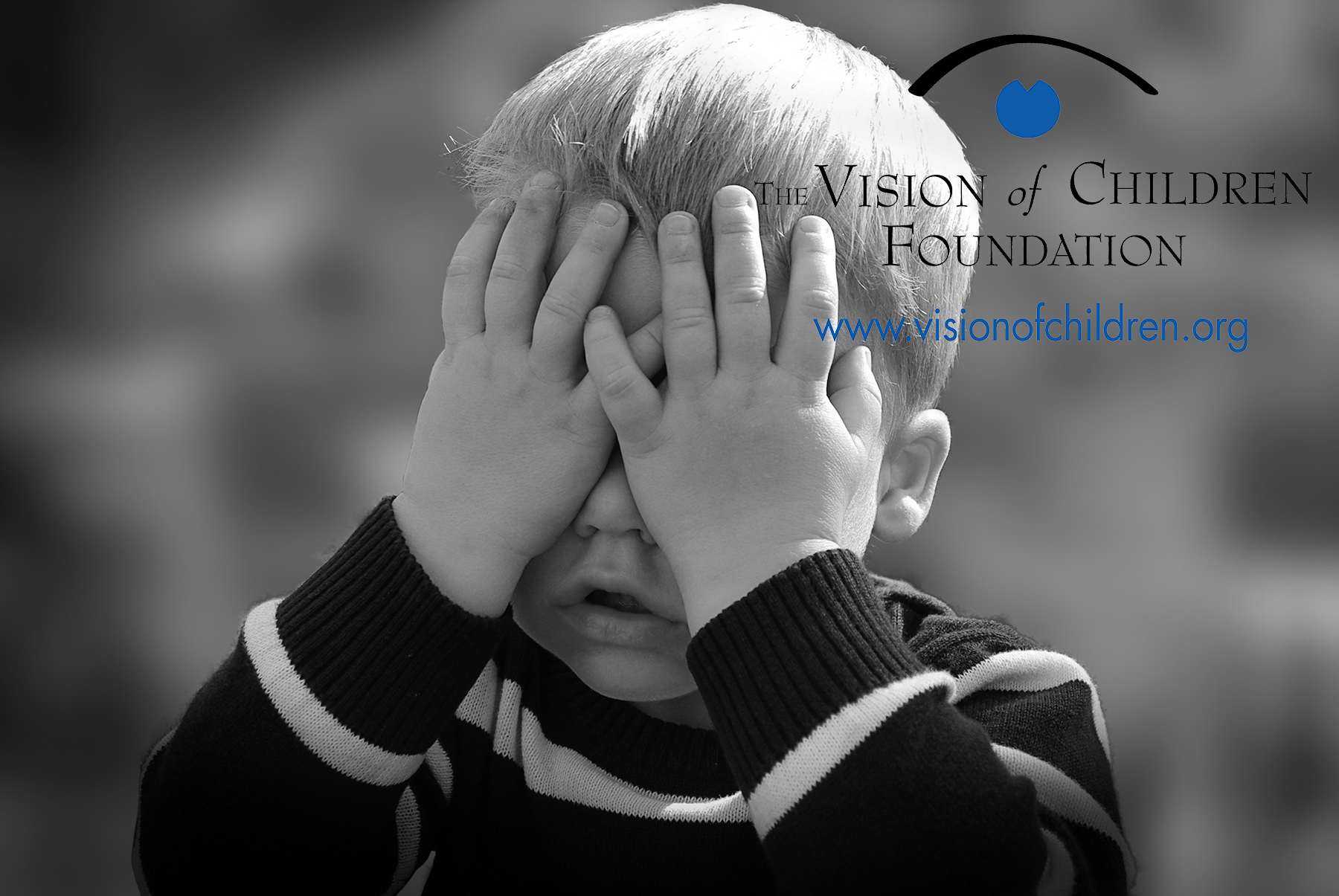What Does it Mean to be Legally Blind?
This blog comes with a test. Think about one of those days that has vividly imprinted itself on your mind. Think about the sounds, tastes, smells, and tactile feelings you experienced that day. Notice how sight was omitted. Your assignment is to explain that day to a person without using visual elements. Saying you went to the beach to feel the sand between your toes and smell the ocean breeze would be correct. Alternatively, saying that you went to the beach to watch the sunset would be an example of using sight as a descriptor. The world we have created around us is a visual one. In the U.S. alone, 1.3 million people have a more difficult time or are unable to use what they see as a method of describing their worlds. According to the National Federation for the Blind, that is because those 1.3 million people are considered legally blind
If you are sighted, you might be unsure or unaware of the fact that being considered legally blind does not mean that a person cannot see, but sometimes it does mean just that. What?! Does being blind not mean being…BLIND?? Good question! No need for confusion anymore! This blog will attempt to break down the term “legally blind” and all its working parts.
Legal Blindness from Reduced Visual Acuity
In most nations, legal blindness is defined as having visual acuity less than 20/ 200. Yeah, I know this might not mean much to you 20/20 vision-ers.
To explain a little better, someone would need to be 20 feet away from an object, and wearing their corrective lenses, to see an object you could see from 200 feet away.
If the person can see better than 20/200 with their corrective lenses on, they would not be categorized as legally blind. Legal blindness has a wide spectrum and can seem muddy to those not on said spectrum.
Legal Blindness from Restricted Visual Field
But wait! There’s more! People who have clear vision, but have a restricted field of vision can be considered legally blind as well.
Right now, I want you to pause what you are doing. Look at this document. Then, without taking your eyes from this blog, identify three objects around you, using only your peripheral vision. On the spectrum of legal blindness is also the reduced/restricted field of vision, making looking at alternative objects beyond what holds your focus impossible.
To clarify even further, when looking forward, you are able to see only what is directly in your line of sight. Unlike those with normal vision, it is impossible to simultaneously see what is on either side of a person with this form of legal blindness. If you were to look up, you would have an inability to see what is below you, even to the slightest degree.
Having this type of legal blindness can make tasks like driving a car and crossing a street extremely difficult and incredibly dangerous.
Who Decided on 20/200?
Who decided what the parameters are for the spectrum labelled “legal blindness?’ What might come as a surprise to you is the standard for legal blindness is not dictated by doctors but by the government. Uncle Sam has decided that this is a good scale to determine safety precautions needing to be taken and amount of government aid to be given to those who are tested and identified as legally blind.
What Causes Legal Blindness?
Not all people are born legally blind, and it is not uncommon for people to face legal blindness later in life. Some reasons can stem from underlying issues that were left undiagnosed. Others can be chalked up to the process of aging.
The leading causes of legal blindness in the United States are macular degeneration, glaucoma, diabetic retinopathy, and cataracts.
Even with those being the most prominent causes of deteriorating visual acuity, there are conditions like keratoconus, neuropathy, retinopathy, and so many more that can result in gradual loss of eyesight. To avoid scaring anyone, not everyone diagnosed with these will become legally blind. In saying this, the likelihood of becoming legally blind is much higher for those with any of these diagnoses.
What is Available for the Legally Blind?
The legally blind have so many options available to aid them in everyday life. No matter what stage a person is at with sight loss, there are options available to them. Accessibility to new technology and healthcare advances are absolutely life changing and bring about a newfound freedom.
Vision aiding technology is advancing faster than ever with apps, artificial intelligence glasses, and social media updates to help assimilate those that might have previously been left behind during the beginning stages.
Healthcare options are constantly becoming more advanced and bring hope of finding cures within our lifetime. Doctors and low vision specialists are able to provide insight to some of the latest updates in low vision care and therapy.

